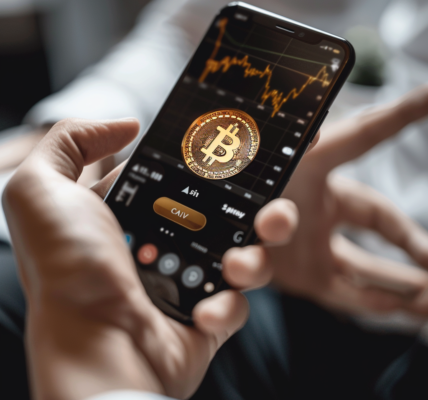The U.S. economy has demonstrated remarkable resilience, with the real gross domestic product (GDP) growing at an annualized rate of 2.8% in the second quarter of 2024. This figure significantly exceeds economists’ expectations, which had predicted a more modest growth rate of 2.1%. The latest data, released by the Commerce Department, highlights a robust economic environment driven by strong consumer spending, government expenditure, and a notable increase in inventory levels.
During the April to June period, the GDP growth was adjusted for seasonal variations and inflation, marking a significant uptick from the previous quarter’s growth rate of 1.4%. The surge in economic activity can largely be attributed to increased consumer spending, which rose by 2.3% in the second quarter, compared to a 1.5% increase in the first quarter. This upward trend in personal consumption reflects a healthy demand for both goods and services, suggesting that consumers are feeling more confident in their financial situations.
Investment in private inventories also played a crucial role in this growth, contributing 0.82 percentage points to the overall GDP increase. Nonresidential fixed investment, which includes business spending on equipment and structures, further bolstered the economy’s performance. Additionally, government spending saw a notable rise of 3.9% at the federal level, driven by a remarkable 5.2% increase in defense expenditures.
However, the report did reveal some challenges. Imports surged by 6.9%, marking the largest quarterly increase since the first quarter of 2022, which negatively impacted the GDP calculation as imports subtract from the overall economic output. In contrast, exports saw a more modest increase of 2%, indicating a potential imbalance in trade.
In terms of inflation, the personal consumption expenditures (PCE) price index, a critical measure monitored by the Federal Reserve, increased by 2.6% for the quarter. This represents a decrease from the 3.4% rise recorded in the first quarter. Core PCE prices, which exclude food and energy, rose by 2.9%, down from 3.7%. This decline in inflationary pressure is seen as a positive sign for the economy, suggesting that price increases may be stabilizing.
Despite the positive growth indicators, the personal savings rate has continued to decline, now sitting at 3.5% for the quarter, down from 3.8% in the previous quarter. This trend raises concerns regarding consumer financial health and the sustainability of spending patterns moving forward.
In the labor market, initial jobless claims have decreased by 10,000, reflecting a tightening labor market and potentially signaling continued economic strength. However, durable goods orders unexpectedly fell during the same period, adding a note of caution to the otherwise optimistic economic outlook.
The stock market reacted positively to the GDP report, with futures drifting higher, while Treasury yields experienced a decline. Joseph Brusuelas, chief economist at RSM, commented on the composition of growth, noting that it represents one of the better mixes observed in recent times. He emphasized that the current economic landscape supports the notion of a productivity boom, which could lead to improved living standards across the country through lower inflation, reduced unemployment, and increased real wages.
As the economy moves forward, all eyes will be on the Federal Reserve’s response to these developments, particularly concerning interest rates and inflation management. The second quarter’s growth figures provide a strong foundation for future economic policy discussions and highlight the ongoing recovery and expansion of the U.S. economy.





